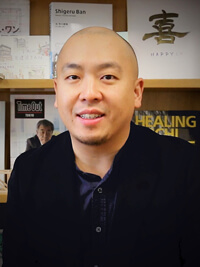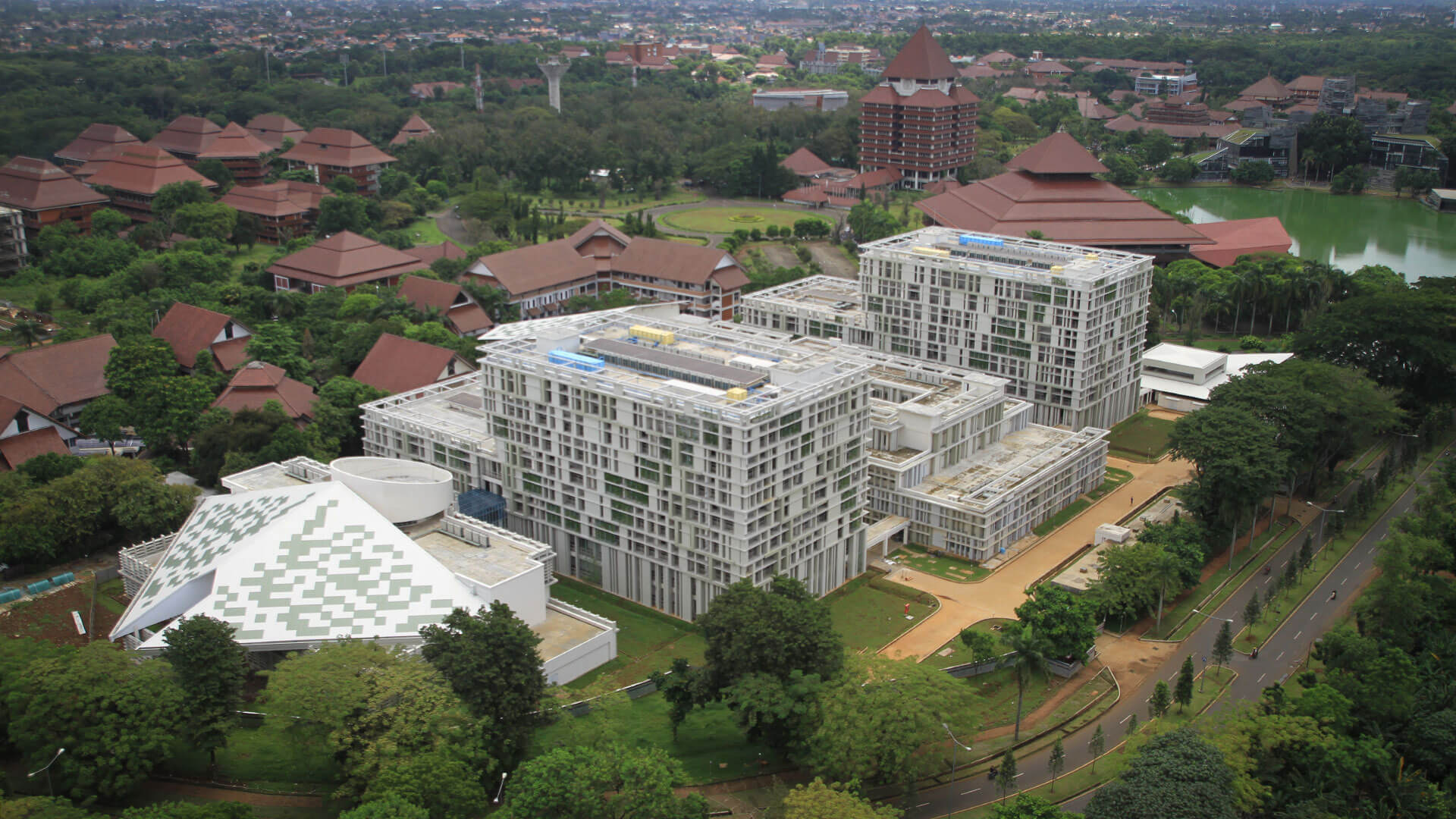Asian heritage inspires AU architect’s work
Asian Heritage Month an opportunity to learn about and celebrate the achievements and contributions of Canadians of Asian descent
For Dr. Henry Tsang, an assistant professor with the RAIC Centre for Architecture in the Athabasca University (AU) Faculty of Science and Technology, Asian heritage has played and continues to play a major role in the course of his professional work and his academic research.
“I feel like with my role, I have this opportunity to represent my culture as an Asian, of Chinese and Indonesian background, but also as a Canadian,” he said. “My wife is also Asian, of Japanese background, so I look at my son and I want him to be connected to all his Asian roots. And I’m thinking about myself, when I was a kid and asking myself what is my identity. I want him to be proud of his roots.”

The influence of Tsang’s own Asian heritage specifically, and a far-reaching appreciation for Asian culture more broadly, has played a significant role in his work. This is exemplified by a lengthy list of projects, accomplishments, and volunteer involvement that uplifts Asian heritage in Canada and beyond.
This list includes but is not limited to designing the Calgary Japanese Community Centre, serving as a jury member for the Japan Exchange and Teaching Programme, researching and advising on Chinatown developments, speaking at Asian-focused conferences in Canada and abroad.
More recently, he has been awarded a Japan Foundation grant and a Calgary Nikkei Cultural Grant to work on a project aimed to celebrate and disseminate knowledge about Japanese-Canadian Nikkei heritage and culture.
These accomplishments are rooted in Tsang’s own Asian heritage and identity, which he began contemplating at a very early age.
From Canada to Asia and back again
Tsang was born and raised in Montreal, Que., to immigrant parents. His father was born in Hong Kong and his mother was born in Natuna, a small island in Indonesia. Cantonese, mixed in with Indonesian, French and English, was the language spoken in the home.
He said the experience of being one of the few kids of Asian descent in his classes growing up was not always an easy one. Nonetheless, it provided him with plenty of opportunities to think about his own roots and identity—especially against the backdrop of competing political ideologies within Québécois culture of separatism versus federalism.
“The question of identity and the question of belonging was very strong,” he said. “As an Asian Canadian born in that situation, I asked, ‘Am I Canadian, or am I Québécois, or am I something else?’”
Tsang completed a bachelor’s degree and a master’s degree in architecture from McGill University, and during that time he developed an appreciation for the significant differences between the issues architects must consider when designing a building for Canadian or Asian contexts.
In particular, he saw major differences in how physical space is used, since a much higher population density in Asia means doing more with less space than is required in Canada. Likewise, cultural considerations are much more different in Asia, where there are hundreds if not thousands of years of recorded history and built heritage to consider.
“The architectural culture we have in Canada is inherited from colonialism, coming from a lot of the European ancestry, such as the Beaux-Arts and Bauhaus. And us also trying to find reconciliation with Indigenous cultures right now. So trying to identify what is Canadian architecture is actually quite difficult.”
Architecture design in Japan
Tsang was given the opportunity to explore these issues in much more detail when he earned a Monbukagakusho scholarship to complete a doctoral degree in architecture at the University of Tokyo. He spent 10 years living in Japan while completing his degree and then practising architecture at Nihon Sekkei Inc., one of Japan’s largest firms.
After a few years back in Canada to complete architect licensing exams and start his own practice, Henry Tsang Architect, he returned to Asia again accepting his first professorship at Keimyung University in South Korea in 2015.
In 2019, he joined AU and relocated to Calgary, Alta., where he currently lives with his wife and young son.
Environment, health, inclusion influences research
Tsang identified 3 major themes in his professional work and research that reflect some of the architectural issues he focused on during his time in Asia: the environment, health, and inclusion.
He explained the first 2 themes are tied together in the idea of sustainability in architecture, and in particular asking questions about what long-term impacts buildings might have on the health of occupants, but also in terms of buildings’ effects on the environment. These issues have become even more important in the past year in the context of the COVID-19 global pandemic.
“We are now spending over 90% of our time indoors. How do we consider the quality of the air? Or the natural sunlight coming in or having views to nature that could be mentally healing for people who are indoors,” he said.

Inclusive architectural design
With respect to the inclusion piece, Tsang said the idea of inclusion in architecture relates not just to accessibility issues in physical space, although that is an important consideration—he is working to improve his own understanding of these issues with the Rick Hansen Foundation Accessibility Certification course offered through PowerED™ by Athabasca University.
In a broader context, though, designing for inclusion and accessibility also means inclusion of different attitudes, different cultures, and the questions of race and ethnicity, so that everyone can feel a sense of belonging and welcome.
Related: Opinion: Accessible design certification an ‘eye-opening’ experience for AU architect
Part of his thinking around that issues is respecting the different histories and backgrounds evident in a diverse, multicultural, colonial nation like Canada while also respecting the specific Canadian context in which those histories and backgrounds come together—the kind of cultural fusion inherent in this country.
“To me it doesn’t make sense to simply import another style of architecture from abroad and bring it to Canada. You look at ethnic neighbourhoods like Chinatown, or our colonial buildings that are just duplicated from Asia and Europe,” Tsang said.
“We’re at a point where Canada needs to define its own unique architectural identity, which starts from asking ourselves who we are as a nation and community, but also to start to identify our history and our culture as a nation of immigrants. As such, I am proud of my Asian roots, and I believe my story of multiculturalism is, amongst ones of many others, what defines Canada.”
This article was originally published in 2021.